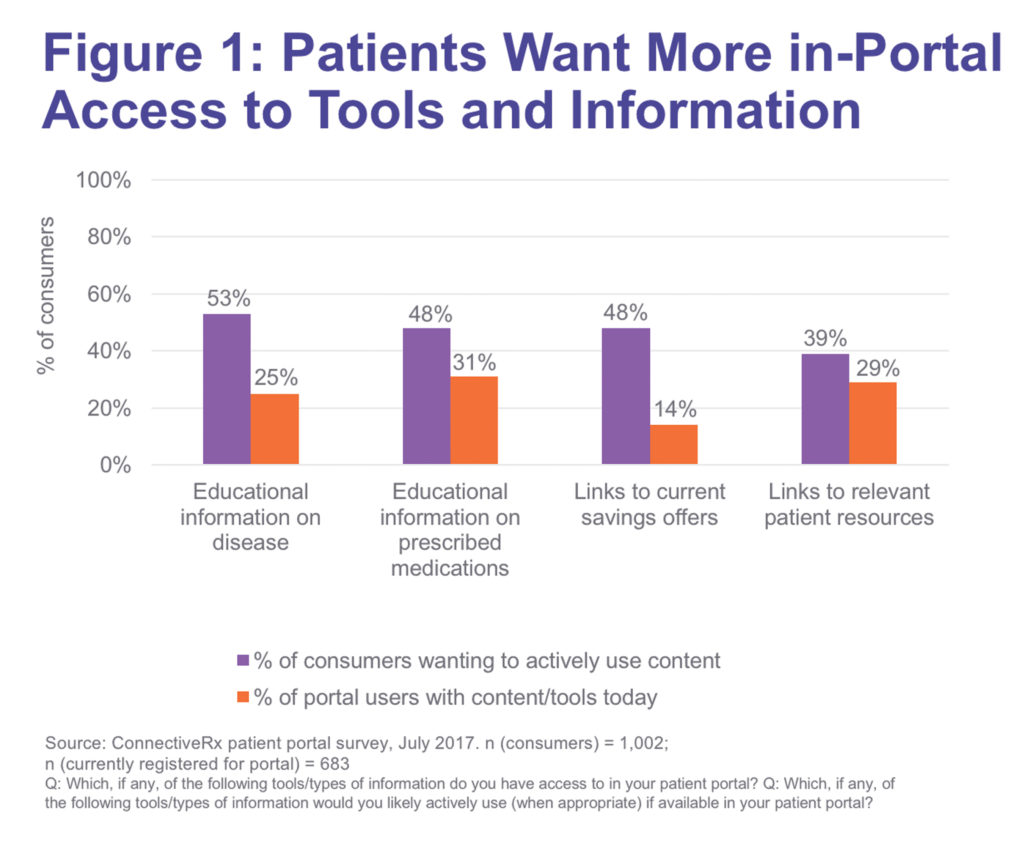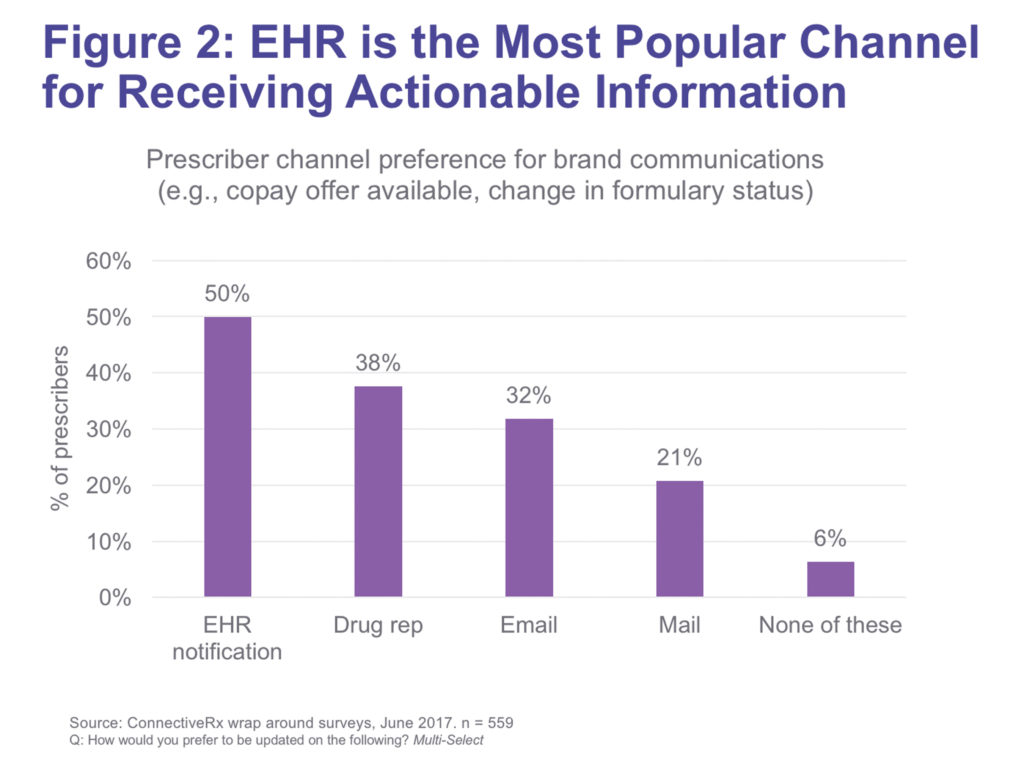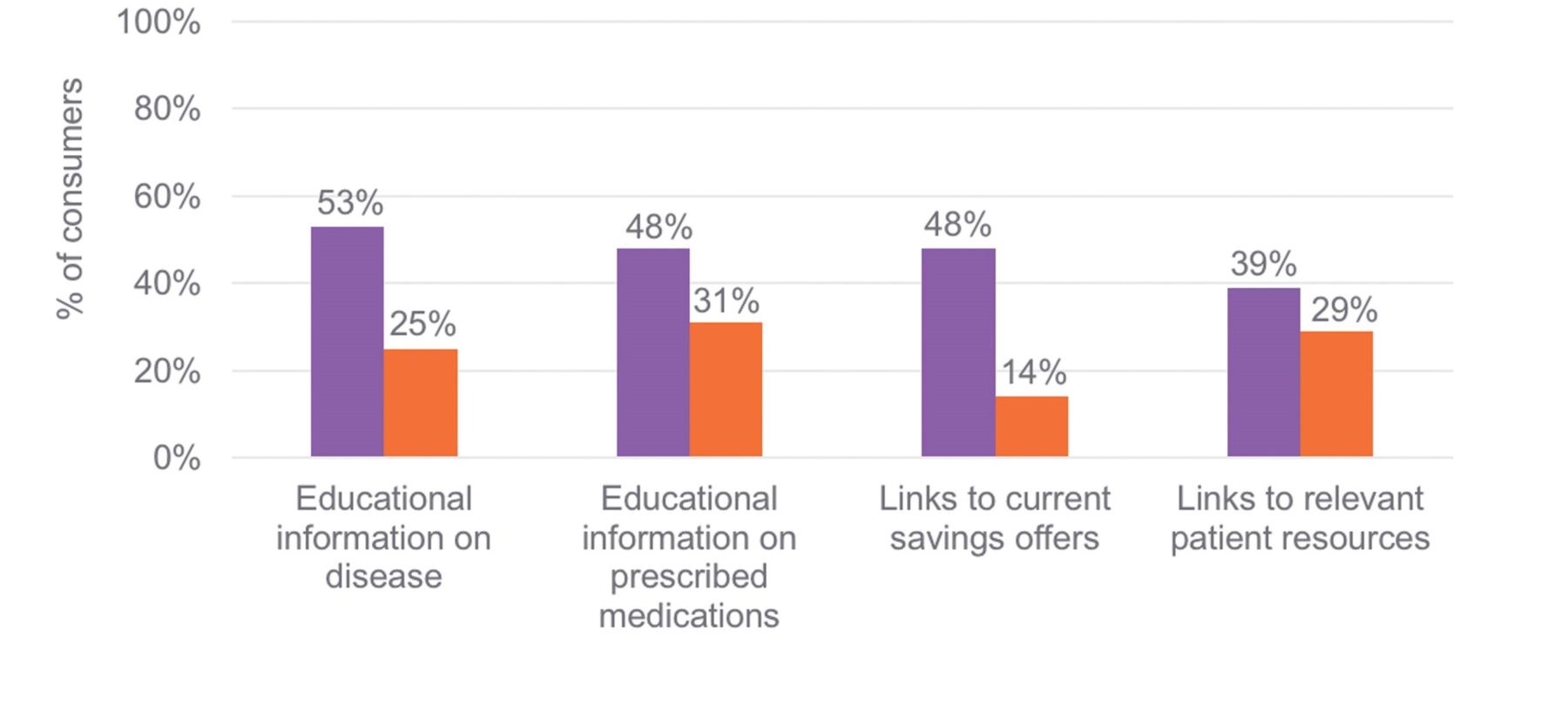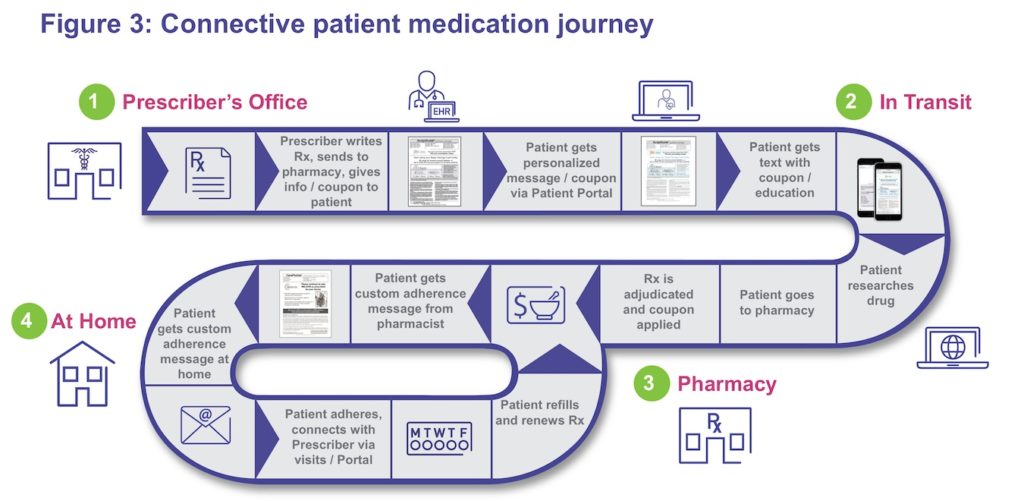An expanding focus on patient engagement is an important component of the pharma industry’s recent efforts to boost medication adherence. This article shines a fresh light on the movement by briefly defining “patient engagement,” providing evidence of the connection between engagement and adherence, and suggesting several potential pathways to increase engagement.
What, exactly, is “Patient Engagement?”
The January 2017 issue of Patient Education and Counseling provides a solid definition of patient engagement (and much more) in a special section on engagement. In that issue, Higgins, Larson, and Schnall1 define patient engagement as “the desire and capability to actively choose to participate in care in a way uniquely appropriate to the individual, in cooperation with a healthcare provider or institution, for the purposes of maximizing outcomes or improving experiences of care.” Furthermore, the authors identify four defining attributes of patient engagement: 1) personalization of the approach to care; 2) access to necessary resources; 3) commitment to pursuing quality care, and 4) nurturing the relationships between actors in the encounter. The success of brand managers’ efforts to increase patient engagement—and thus adherence—may well be determined by the degree to which those efforts support these four attributes.
Does patient engagement really lead to better adherence? A substantial body of research confirms the notion that patients who are actively engaged in their own care are more adherent. Recent studies show that patients’ active, committed engagement is directly linked to higher medication adherence in an array of disorders, including cancer, HIV, multimorbidity, and a range of chronic conditions.2-5
What are some potential pathways to increase patient engagement? Many of today’s most promising engagement-boosting tactics can be categorized into one or more of three strategic clusters: 1) Big Data; 2) Direct-to-Patient Strategies; and 3) HCP-to-Patient Relationship.
1. Big Data
Insurers, providers, pharma companies, and data aggregators have collective access to large volumes of data from a variety of medical sources (e.g., medical/pharmacy claims, EHR records) and nonmedical sources (e.g., demographics, OTC/consumer goods purchases, media consumption). As detailed in a new McKinsey & Company report (“A 360° Approach to Patient Adherence”), when companies link and analyze these data points they can identify segments of patients that have similar adherence challenges. Characteristics can be defined for patients in each segment, and individual patients who exhibit salient characteristics can be earmarked for targeted interventions. To be effective, interventions must address a patient’s specific need at a particular time and provide a streamlined experience. For additional insight as to how Big Data can support engagement and adherence, read the Healthcare IT News interview of Harvard’s Niteesh Choudhry (“Predictive Analytics Can Spot Patients Not Taking Their Medicine”). Of course, all data collection and analysis must comply with HIPAA and other applicable regulations.
2. Direct-to-Patient Strategies
It’s no secret that modern technology gives patients ready access to virtually unlimited info and opinions about all things healthcare. And while half of U.S. physicians believe that the medical info patients find online causes unnecessary concern and leads to unfilled prescriptions (Decision Resources Group, Taking the Pulse® U.S. 2017), many of today’s patients continue to seek medical advice from both credible and less-than-credible sources. Fortunately, brand managers can help deliver constructive info by interacting directly with patients through social media (within limits, of course), mobile apps, SMS/MMS, email, direct mail, and games/health promoting tools. And don’t forget the patient portal that links from the HCP’s EHR system. As shown in Figure 1, many patients want more access to engagement-boosting material in their patient portal. All of these direct-to-patient strategies are readily accessible to virtually all brands today.
 3. HCP-to-Patient Relationship
3. HCP-to-Patient Relationship
One of the most important opportunities to bolster patient engagement is the relationship between each patient and his or her healthcare professional. Indeed, according to Accenture research with 10,000 patients (“Patient Services – Pharma’s Best Kept Secret”), an overwhelming majority of U.S. patients—88%—want a HCP to be the primary point of contact to help them manage their health (“Physician” is, by far, the No. 1 choice). And fresh research confirms that when physician-patient conversations are managed well by the provider, they can boost patients’ medication experience.6,7 Sadly, 85% of HCPs say that they only sometimes, rarely, or never discuss manufacturer-provided patient services with patients (Accenture, “Lost in Translation: The Communication Gap in Patient Services”). And the No. 1 reason for this communication gap? HCPs “don’t have a good understanding of what’s available.”
So what’s the best way for brand teams to boost HCPs’ awareness of the adherence and support services they’re offering? As detailed in Figure 2, viable channels include mail, email, and representatives, but prescribers show a preference for receiving current information through the EHR. And when such information is available to the HCP in the EHR during the patient encounter, it can be presented to the patient and discussed in a relaxed, private manner. Further, in-EHR patient-support information can be printed, emailed, delivered through the pharmacy, sent via SMS/MMS, or pushed to the patient portal where engaged patients can access it at their convenience.
 By provisioning strong provider-patient relationships, manufacturers can actively support the four defining attributes of patient engagement: 1) personalization of the approach to care; 2) access to necessary resources; 3) commitment to pursuing quality care; and 4) nurturing the relationships between actors in the encounter.
By provisioning strong provider-patient relationships, manufacturers can actively support the four defining attributes of patient engagement: 1) personalization of the approach to care; 2) access to necessary resources; 3) commitment to pursuing quality care; and 4) nurturing the relationships between actors in the encounter.
Putting It All Together
Figure 3 shows brand teams can leverage big data, direct-to-patient strategies, and HCP-to-patient relationships to personalize and streamline the patient medication journey. Taken together, these manufacturer interventions have the potential to boost engagement and adherence.
References:
- Higgins T, Larson E, and Schnall R. “Unraveling the Meaning of Patient Engagement: A Concept Analysis.” Patient Educ Couns. 2017 Jan;100(1):30-36.
- Hibbard J, Mahoney E, Sonet E. “Does Patient Activation Level Affect the Cancer Patient Journey?” Patient Educ Couns. 2017 Jul;100(7):1276-1279.
- Marshall R, et al. “Patient Activation and Improved Outcomes in HIV-infected Patients.” J Gen Intern Med. 2013 May;28(5):668-74.
- Skolasky R, et al. “Psychometric Properties of the Patient Activation Measure Among Multimorbid Older Adults.” Health Services Research. 2011;46(2):457-478.
- Mosen D, et al. “Is Patient Activation Associated with Outcomes of Care for Adults with Chronic Conditions?” J Ambul Care Manage. 2007 Jan-Mar;30(1):21-9.
- Lee W, et al. “The Mediatory Role of Medication Adherence in Improving Patients’ Medication Experience Through Patient-Physician Communication Among Older Hypertensive Patients.” Patient Prefer Adherence. 2017; 11:1119–1126.
- Schoenthaler A, et al. “Addressing the Social Needs of Hypertensive Patients: The Role of Patient-Provider Communication as a Predictor of Medication Adherence.” Circ Cardiovasc Qual Outcomes. 2017 Sep;10(9).







